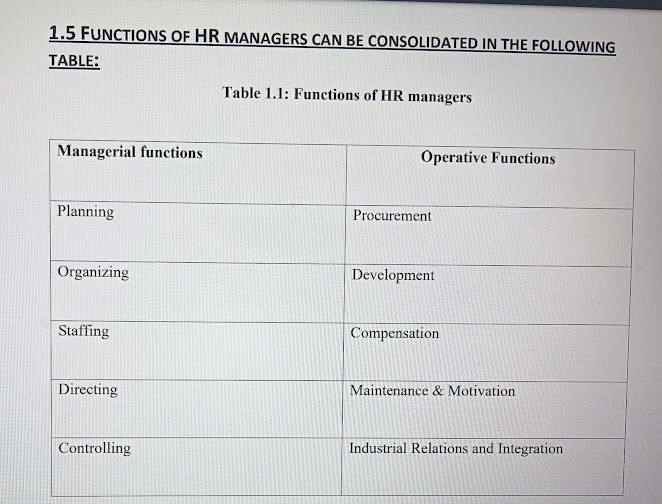UNIT 2: CONSUMER INVOLVEMENT AND DECISION MAKING [CONSUMER BEHAVIOUR CH-2]
2.1 Consumer Involvement Definition : Consumer involvement is the level of concern or interest a consumer exhibits during the purchase process, influenced by financial, social, physical, and psychological risks. Types of Involvement : Low Involvement : Routine purchases with minimal effort (e.g., buying groceries). Example: Regularly buying toothpaste without researching brands. High Involvement : Decisions requiring research due to high risks or cost (e.g., buying a car or house). Example: Evaluating multiple models and brands before purchasing a car. Factors Affecting Involvement : Personal Relevance : A product that aligns with an individual’s needs or values. Example: A fashion enthusiast investing time in choosing a trendy outfit. Financial Risk : Higher involvement when the purchase involves significant expenditure. Example: Buying a house. Social Risk : Concern about social judgment. Example: Choosing an elegant dress for a wedding. Physical Risk : Impact on health or safe...
